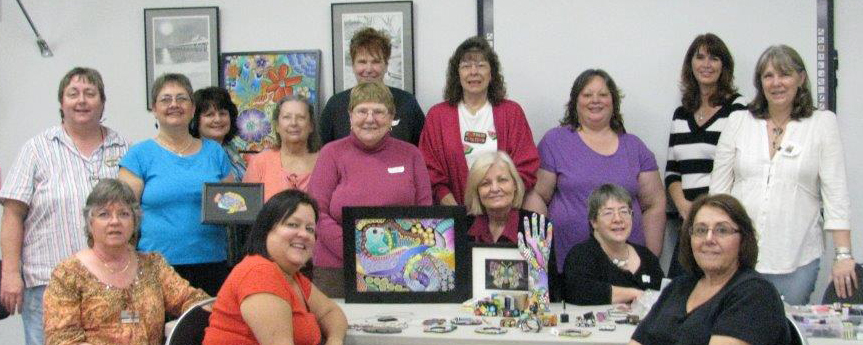
Thank you Kim and Sydney for the photo. The always fun group at Florida Gulf Coast Polymer Clay, thank you all for having me.
Well everyone’s smiling, that’s always a good thing I think. I know I had a great time and was so excited to see the canes everyone made. The exciting thing is that there is going to be a part two to this workshop.
I’m going back in June and we’ll explore how to turn all those canes into wall art, objects and more. So everyone has homework hehehe.
I also shared my new Stroppel Cane #2 with this group. It’s a little different and fun. I’m going to film it today and post it tomorrow so you can play with your scraps tomorrow if you like the way it comes out.
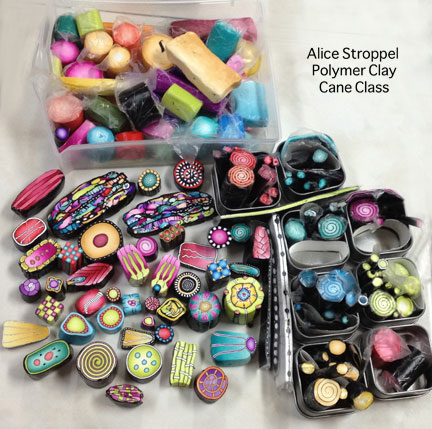
Here’s a picture of some of the Premo blends and the canes we worked on in this workshop. I have to send a big shout out to Iris Weiss and Polyform. they generously donated all the Premo clay for this workshop. Everyone went home with clay to “do their homework”. Thank you so very much Polyform and Iris.
I’ve always used Premo polymer clay. I wasn’t interested in putting forth the effort to condition the harder clays and I was so invested in Premo by the time the others came out with a softer clay that I just never switched. I love many of the Premo colors. I make my face canes with Premo and they are more complicated for sure, so Premo works for me with my more complex canes.
My approach to caning is a bit different than the norm. I don’t worry too much about everything being perfect, I don’t mind if my canes are a bit wonky so my caning style may make some want to look away.
Some caners are producing more than just a few pieces for sale. Either in their online shops, in galleries, at festival, or they are wholesaling to stores. Others are doing precise design work and have refined their caning skills.
I don’t sell that many finished pieces, so I never make very large canes. There a several more reason why my canes tend to be small to tiny. I don’t want to surround them with translucent, I don’t want to have to reduce then very much and I want to create a new design each time I make something from the canes.
Example: I could have made a large cane for this cat bracelet but I used lots of smaller canes. There will never be another one exactly like this one, I like that. I call my process Cane Mapping but you could say it was like mosaic work without the grout.
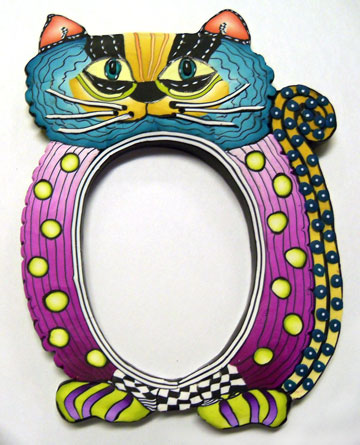
This fish is made the same way
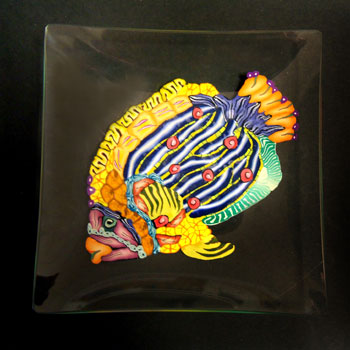 As are all my wall pieces.
As are all my wall pieces.
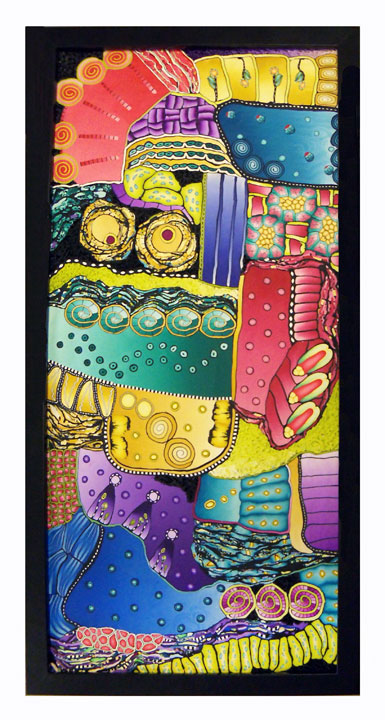
Explorations – Alice Stroppel
I have a very laid back approach to cane making. there truly are NO mistakes with my canes. It kind of takes the stress off of building canes, at least it does for me.
The artists that can be exact and create those fabulous intricate designs have my complete admiration, their work is stunning, I just can’t do it so I don’t try.
There are lots of you out there that are just like me, I know it. You want to cane but are afraid, you don’t want to waste all that clay, it makes you nervous to even think about it, you don’t think you’re good at it.
By starting with a bit of freedom attached to you caning, you can learn without stress and then later if you want to evolve, move on, learn to make the more complex canes. Or stay here with me, it’s all good.
Online right now is a great group on Facebook led by Rian Sanderse called 52 Weekly Cane Projects. It’s a fantastic way to practice canes with any pressure and it’s free. It’s a pretty wonderful thing Rian is doing for the pc community. This last week she featured my Stroppel Cane and Ronit Golan’s scrap cane. go join, you’ll have fun.
If you or your group is interested in taking my canes and/or cane mapping workshop/s please leave me a message on the comment page or on Facebook. I’d love to come met you all if I could.
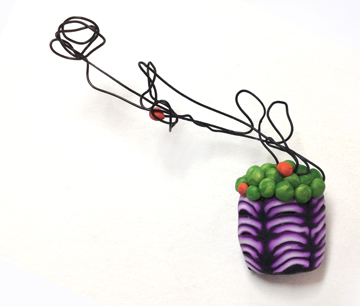

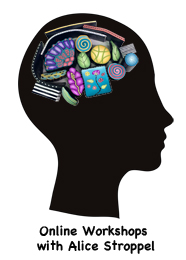
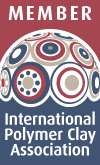
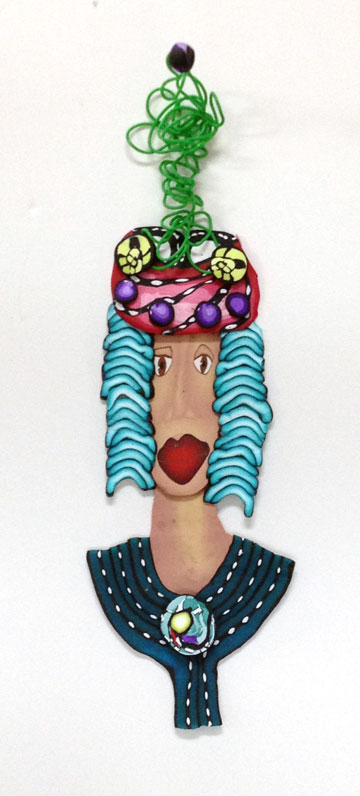
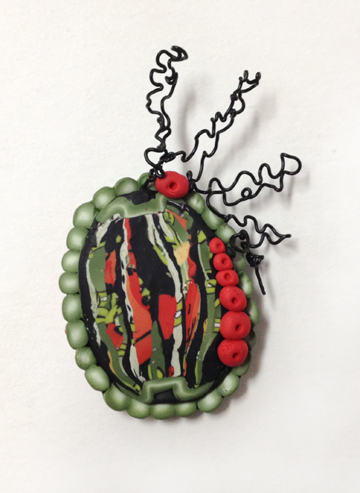
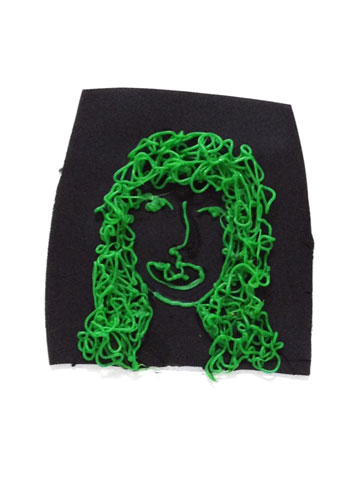



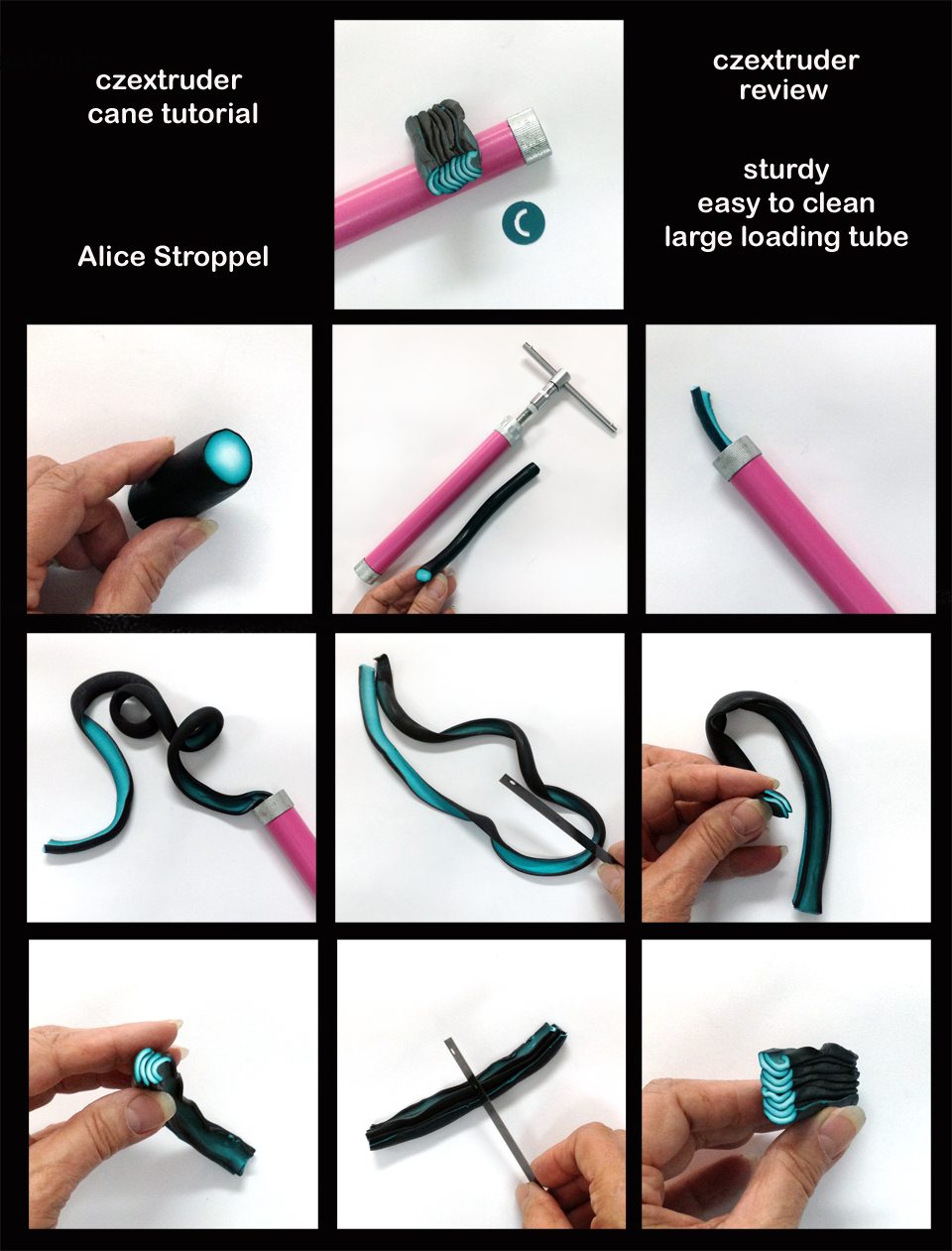

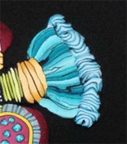



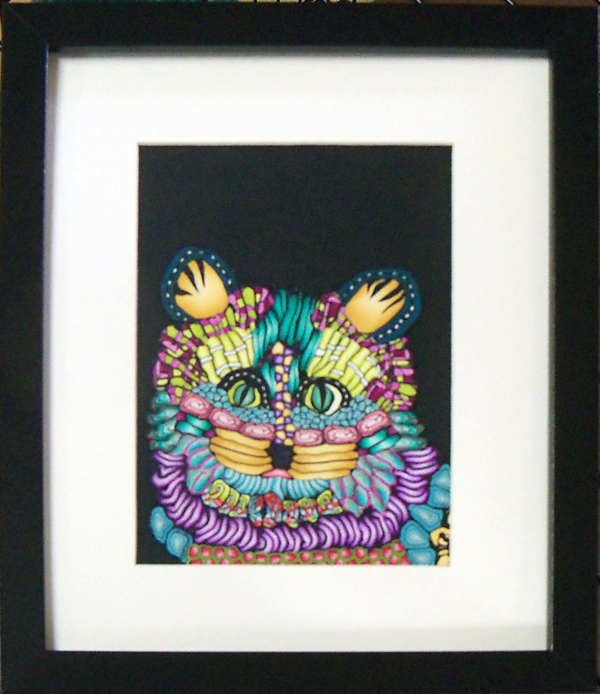
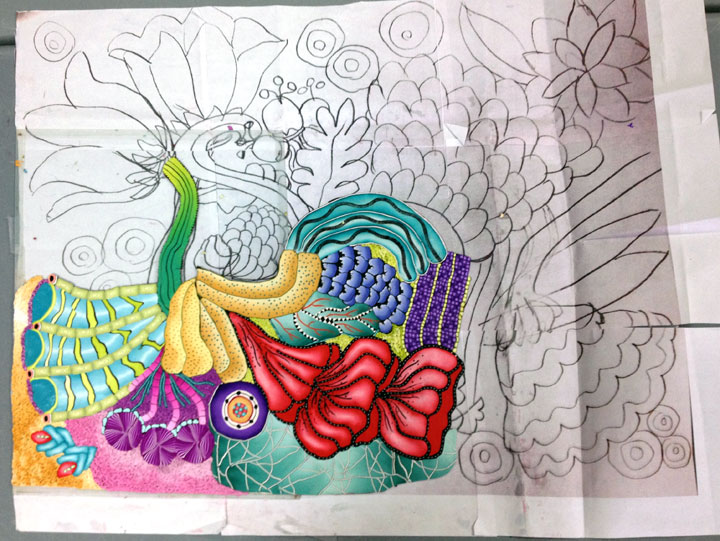



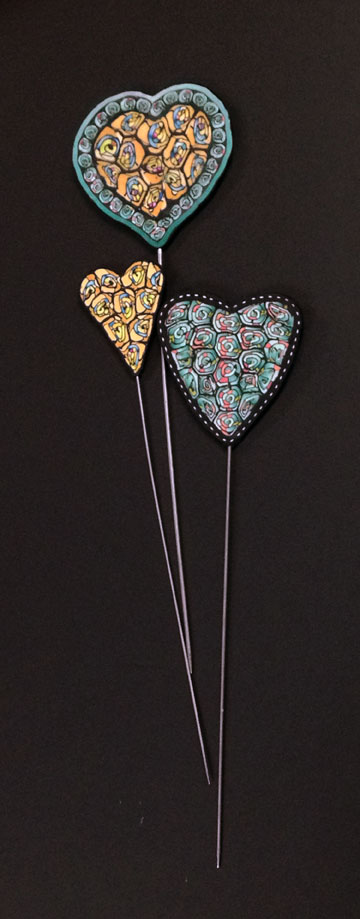
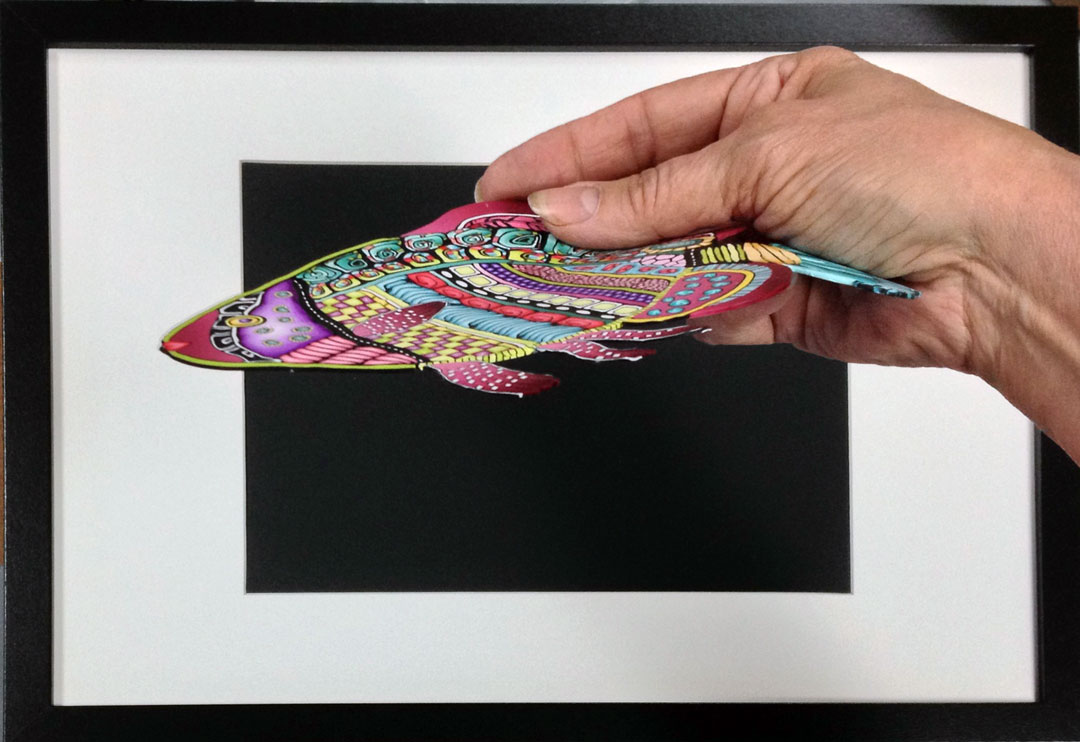
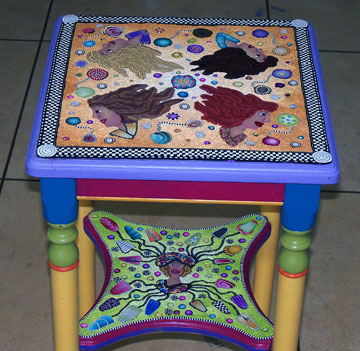
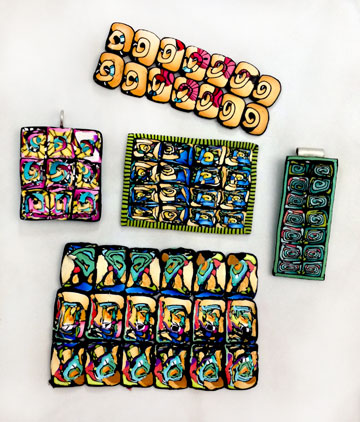
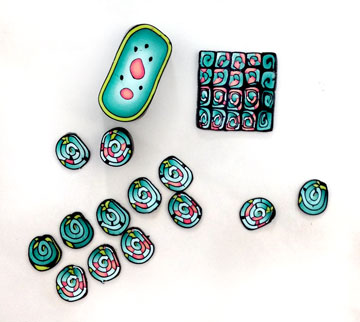

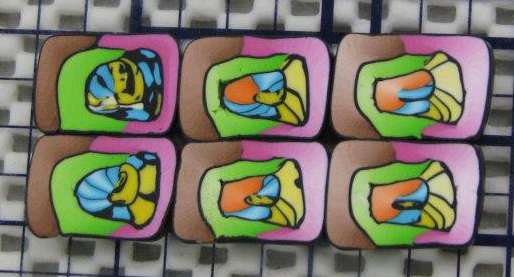
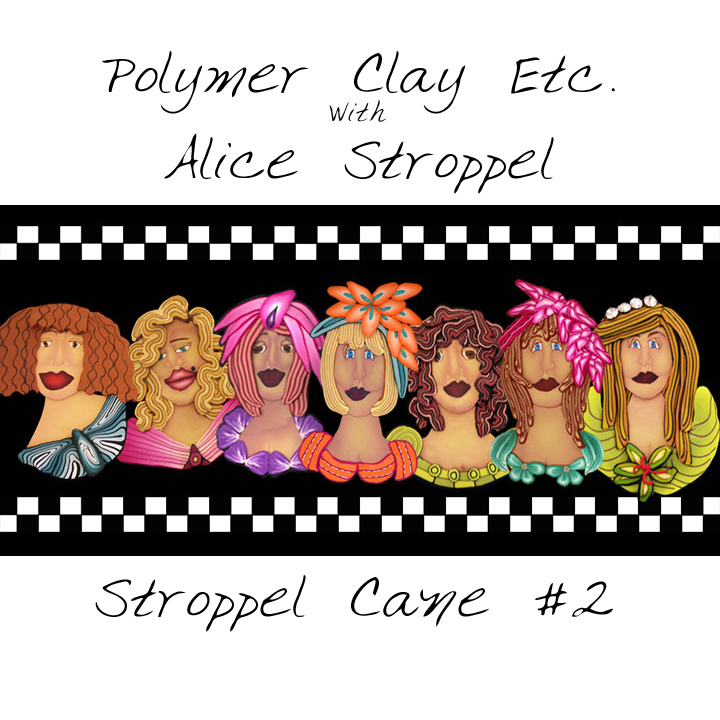





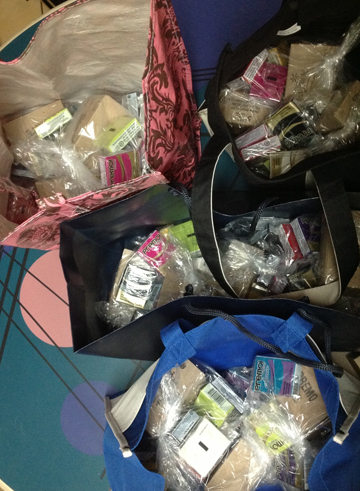
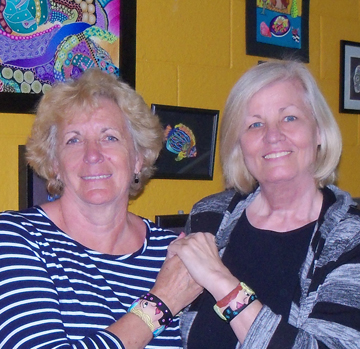
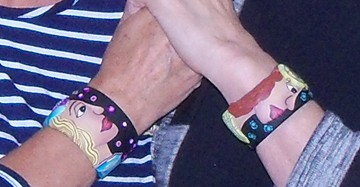
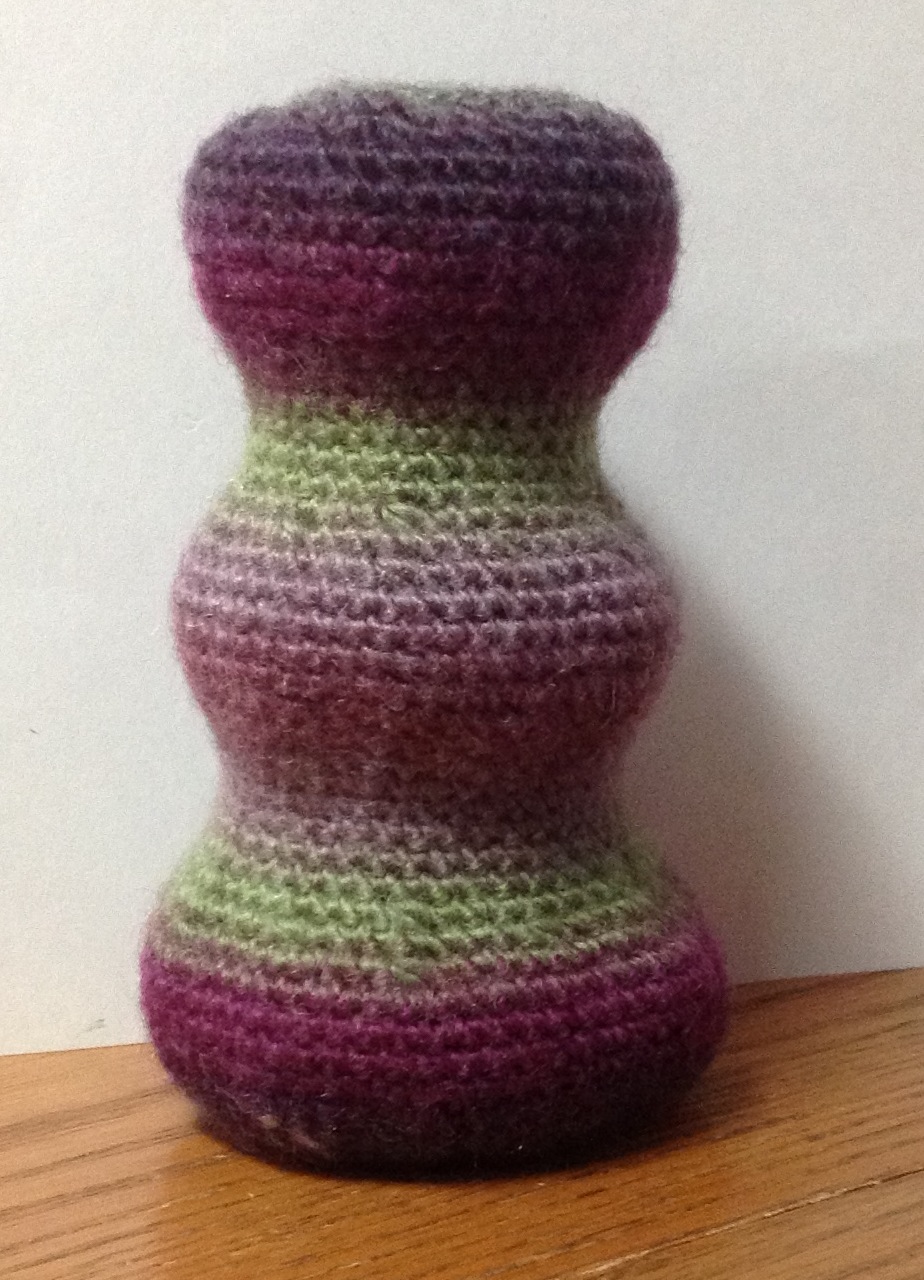
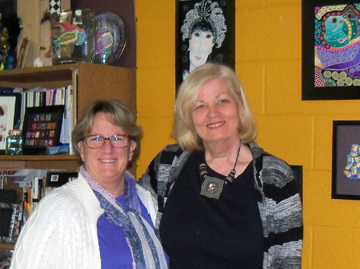
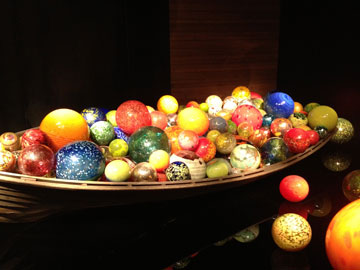

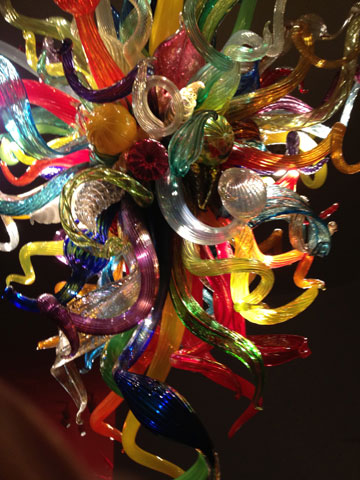
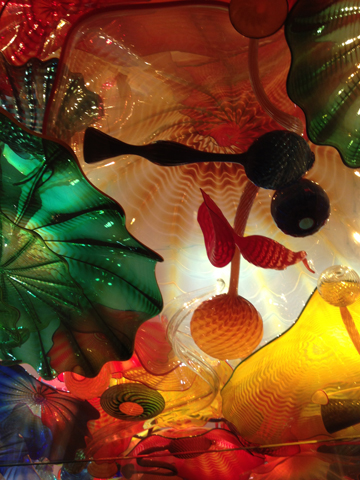
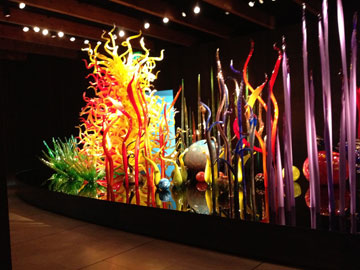

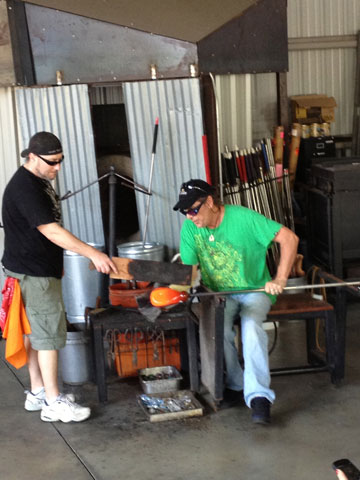
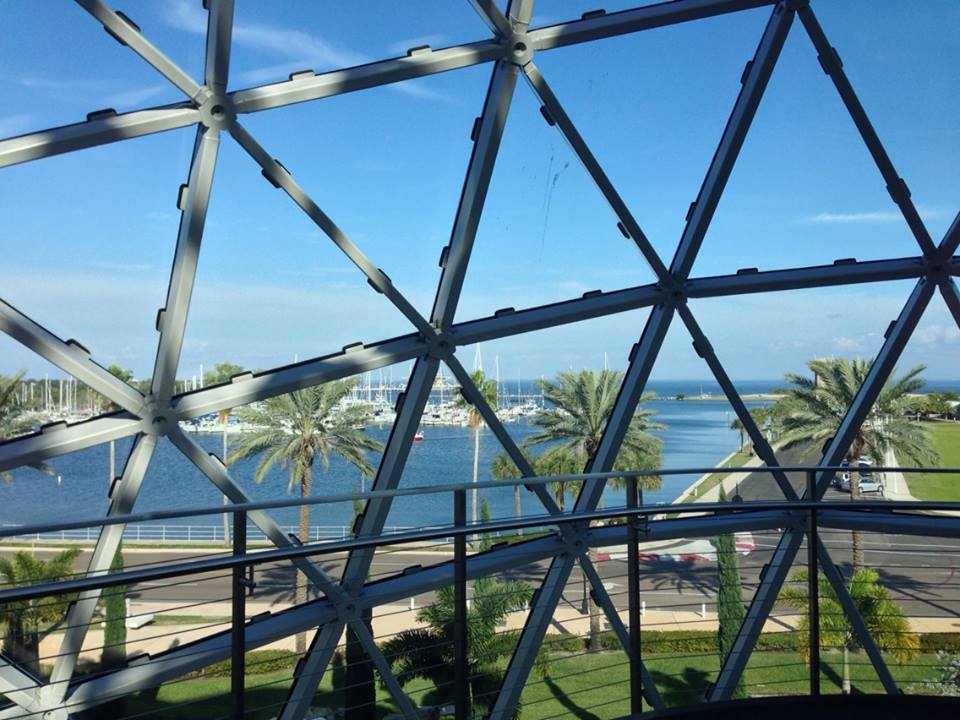
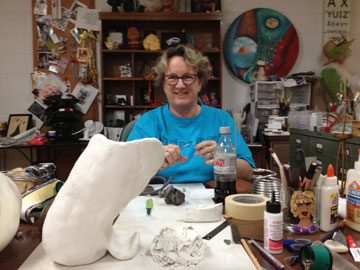
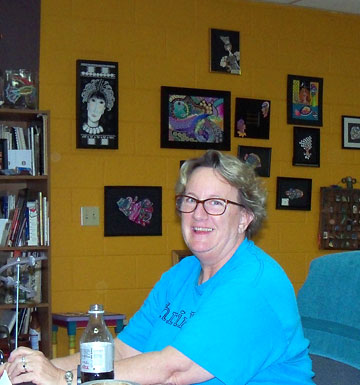
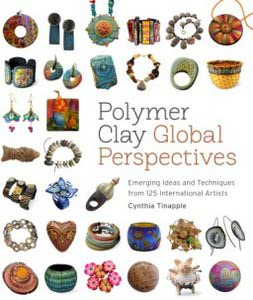
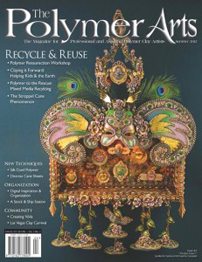
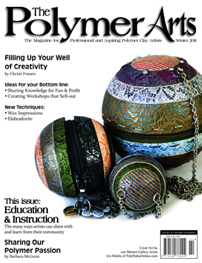
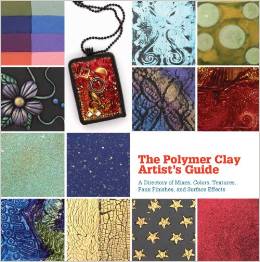
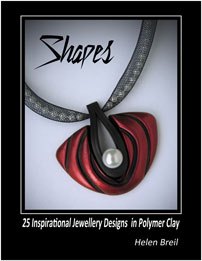
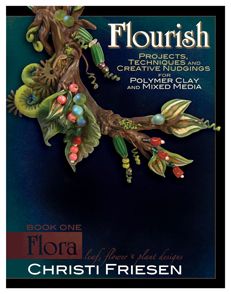
Comments